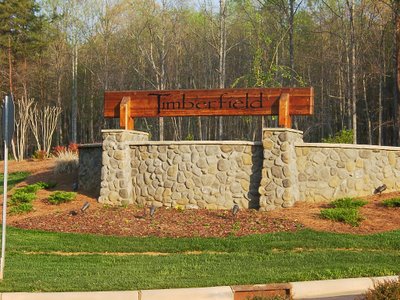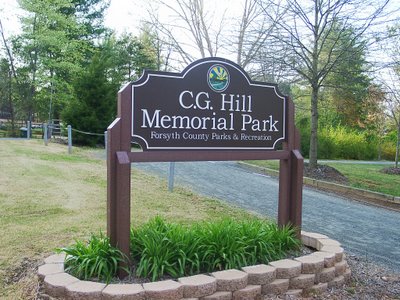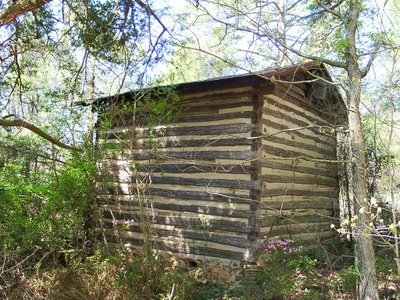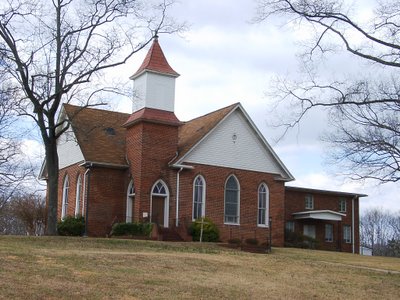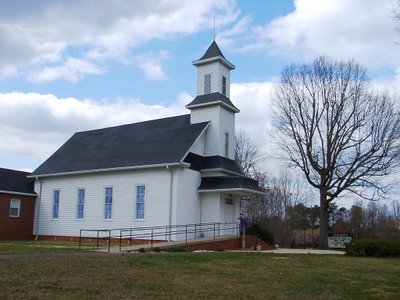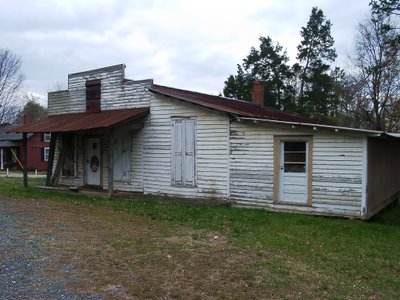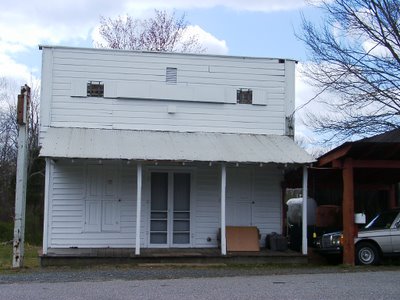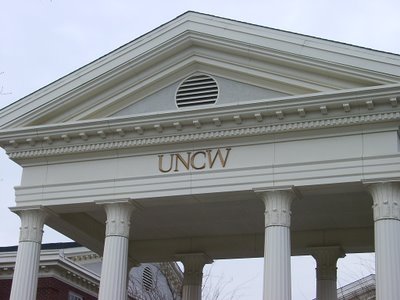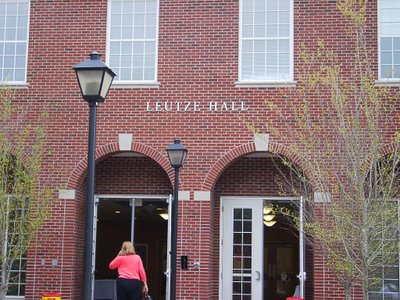What's Next?
PO and his partners sold their business to FedEx in year 2000. Out of 127 partners, 100 are millionaires. Some are double digit and a few are triple digit millionaires.
The closest store to me is at Thruway Shopping Center on Stratford Road.
What do you think PO is doing after selling the business that took thirty years to build?
Some people who accumulate lots of money from a successful career, inheritance, lottery winnings, or the unbelievable executive pay, buy homes in exotic places, move to a gated community, write a book, and hire wealth managers.
Some people go to extremes in shielding their money from the government. This seems odd to me. The government that was so good to them seems to become the enemy, as expressed in attitudes of some people, when it comes to paying their share of taxes.
As for PO, he is his own wealth manager. While in school, he entered a stock picking contest and traded an imagery stock portfolio for a time period. His portfolio came in first out of 500 entrants. (He said this was the only time he received praise from his extended family while in school.) PO has always been a saver and investor in real estate and stocks. Remember, one of his criterion in selecting partners was that they be "savers".
PO has returned to the classroom where he sometimes teaches at the University of California at Santa Barbara and the University of California. (He has unorthodox teaching methods as his book explains.)
He has established foundations to fund initiatives to help people. He plans to give away most of his wealth over the next twenty years. PO said "I've already warned my sons not to expect a huge inheritance". I'm not that familiar with his foundations, but if you watch PBS and NOW, one foundation will be on the list of sponsors at the beginning of the program.
Return here on Monday when this person and his book will be revealed. I'll also identify the winners of the contest at that time.
Have a good day!
